Greased Lightning Created
What weighs 9,000 pounds and goes like hell? The answer used to be “nothing,” but now it’s “the new Hummer EV Pickup!” Is 0 to 60 miles per hour (mph) in about three seconds good enough for you? How about all-wheel steering which can be adjusted at the push of a button to steer the front and rear wheels in the same or opposite directions? What can’t this vehicle do?
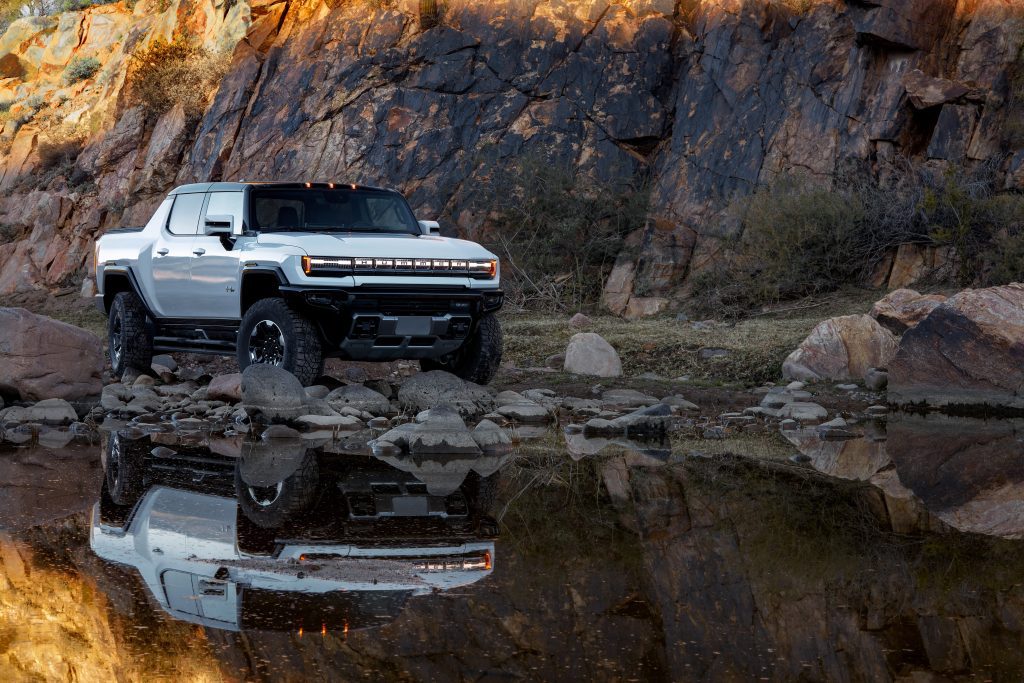


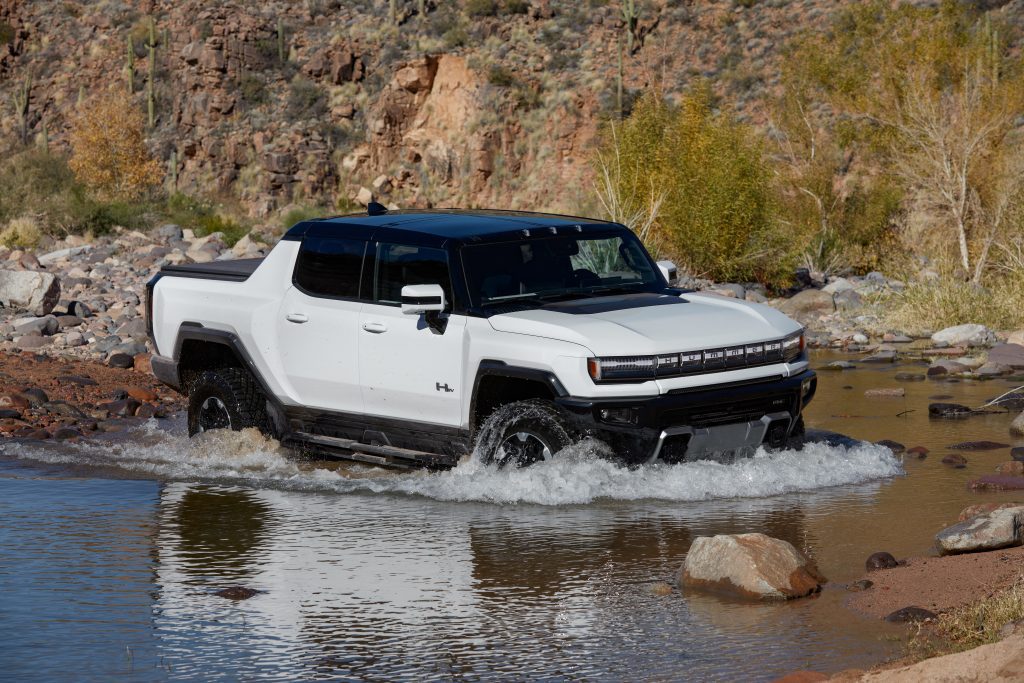
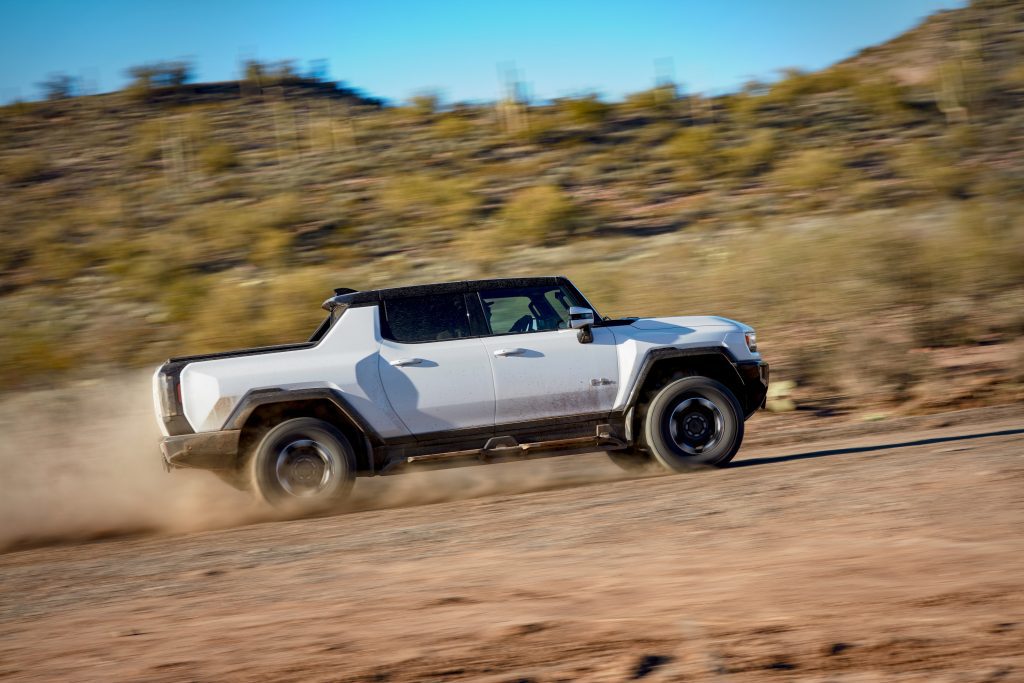
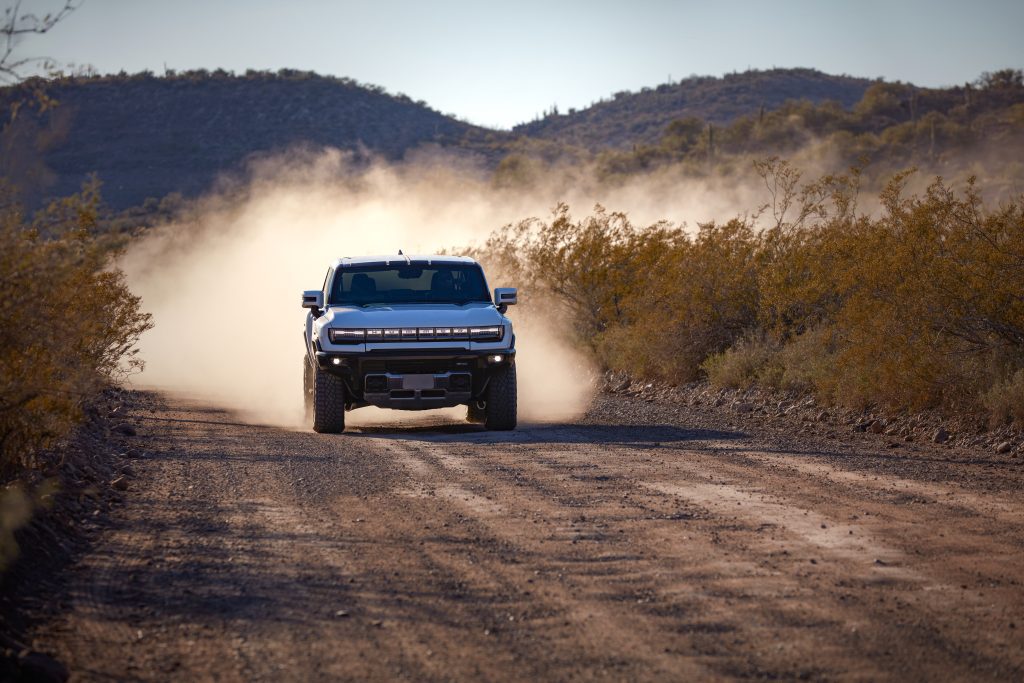
Let’s step back a bit to the ancestors of this electronic Amazonian marvel. The original Hummer was the offspring of a military vehicle, the Humvee, which was as spartan as they come. No one would have called it a performance vehicle, unless “performance” focused on off-road capabilities, not speed and handling. And where did that name even come from?
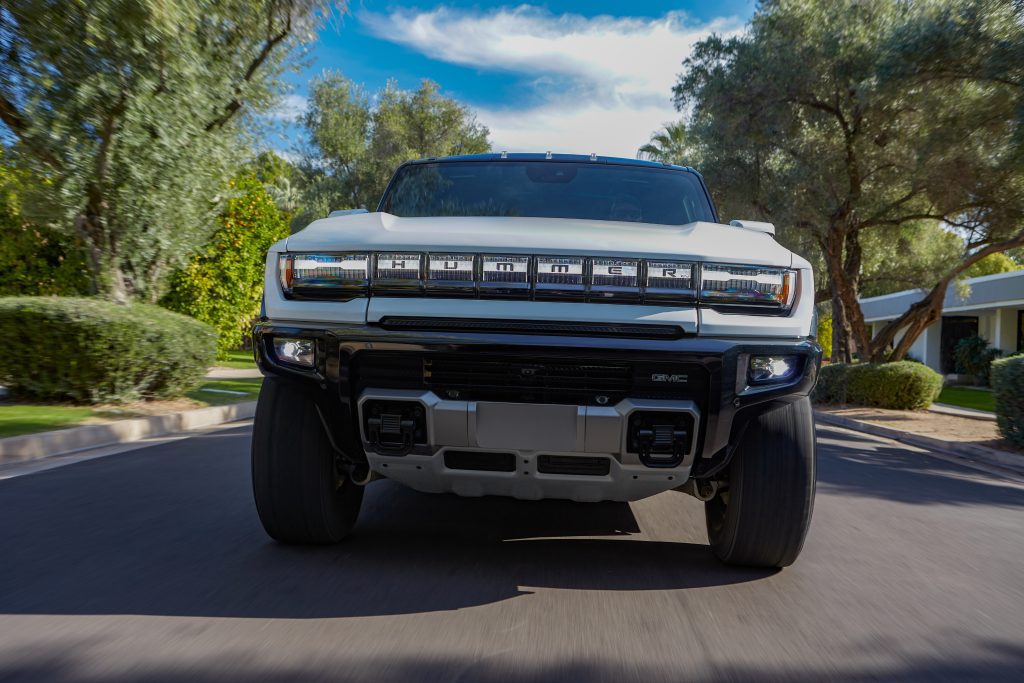
Those at least partly in the know will tell you that the Hummer is the offspring of the military vehicle, the Humvee. But where did that name come from? Anyone familiar with military jargon will assume that it’s from an acronym, which it was. The early 1980s saw the birth of the High Mobility Multipurpose Wheeled Vehicle (shortened to “Humvee”) to replace the ubiquitous Jeep (another vehicle with a confusing name origin story). The Humvee was created by AM General (“we design, engineer, manufacture, supply and support specialized vehicles for military and commercial customers worldwide”); however, in 1998, General Motors purchased the brand name from AM General and marketed three vehicles: the original Hummer H1 (which was based on the military Humvee) and the H2 and H3 models, which were based on smaller road-going platforms which GM already had in their lineup.
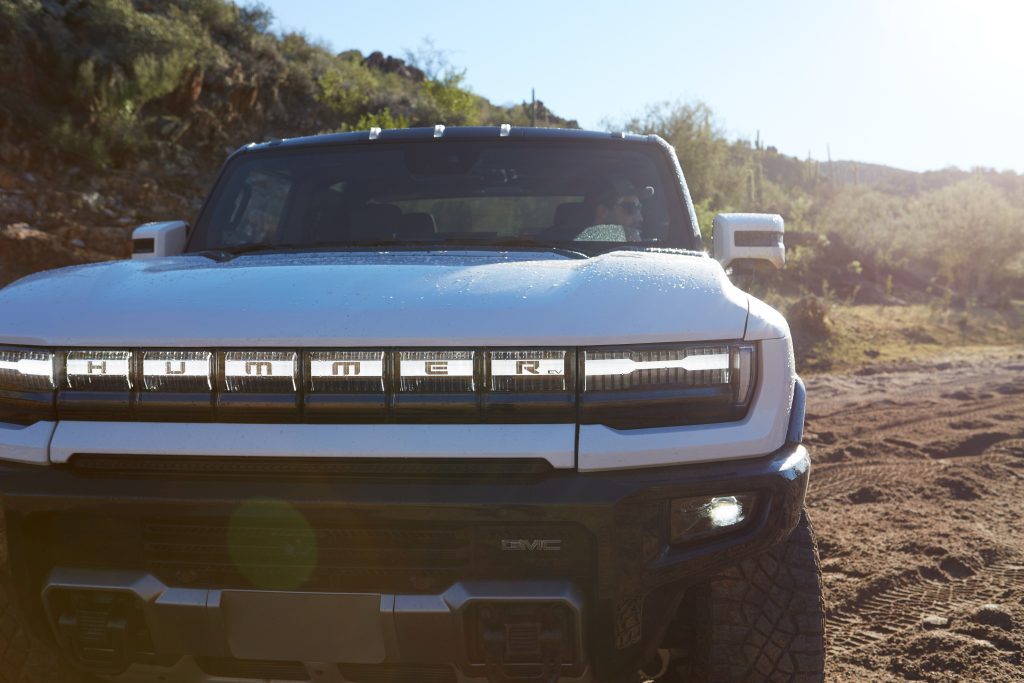
While the early Hummers were fun, to some they were the poster child for the profligate use of gasoline as they were big (especially wide) and not very fuel-efficient (per the EPA, 10 miles per gallon [mpg] city for the H2 and 14 mpg city for the H3). So, what did GM do? They created the Hummer EV, pickup truck, and SUV, which are 100 percent battery operated.
I had the great pleasure of spending a few days in the Arizona wilds (actually, some trail experience near Scottsdale, so we were at least five miles from the nearest In-N-Out, which qualifies as off-roading in the wilds for those of us from Los Angeles) with the Hummer EV pickup … and I was impressed. Weighing some 2.5 tons (almost 3,000 pounds of which are batteries), the Hummer EV moves with great alacrity, thanks to the instant torque provided by gearing and no-waiting electric motors. Zero to 60 mph is a about a 3-second dash (let that sink in), and the electronically limited top speed is about 105 mph. Of course, the performance is helped immeasurably by propulsion from power plants (different options of up to 1,000 horsepower (hp) and torque of some 11,500 pound-feet (lb-ft)—a GM estimate—your torque may vary). The handling is greatly benefited by a special system which lets the rear wheels run in three basic modes: go straight no matter what; turn in the same direction as the front wheels; or turn in the opposite direction from the front wheels. Those options make for some fun experiences. The same-direction option creates the now-famous “crab walk” with the rear wheels turning to one side or the other up to 10 degrees from straight. Driving in that mode feels like one is ice skating in a controlled way. The opposite-direction mode is like a mini hook-and-ladder and allows for the car to feel like it pivots around the center. It’s a great feature on ultra-tight turns on a mountain trail.
When anyone mentions an EV, the immediate question is “what’s the range?” With the Hummer EV, the range is up to 350 miles (GM estimate) and, better yet, using a fast DC charger, one will get about 100 miles of range for each ten minutes of charging.
The fit and finish of the EV is light years (Star Wars and Toy Story references intentional) ahead of the earlier gas- or diesel-fired Hummers. The designers gave great attention to detail and included features like an incredible 18 onboard cameras (providing a wide array of camera views, including forward- and rear-facing cameras below the car, each with a remote washing system in case the lens gets dirty!) and a newly created Bose system which not only provides excellent sound track accompaniment, but also allows the driver to activate the “engine sound” options which add a certain additional layer of both visceral and aural feedback to the occupants. And should you be interested in communing more with nature, the available transparent roof is comprised of four “sky panels” which can be removed and easily stored in the “frunk” (which opens and closes automatically at the touch of a button).
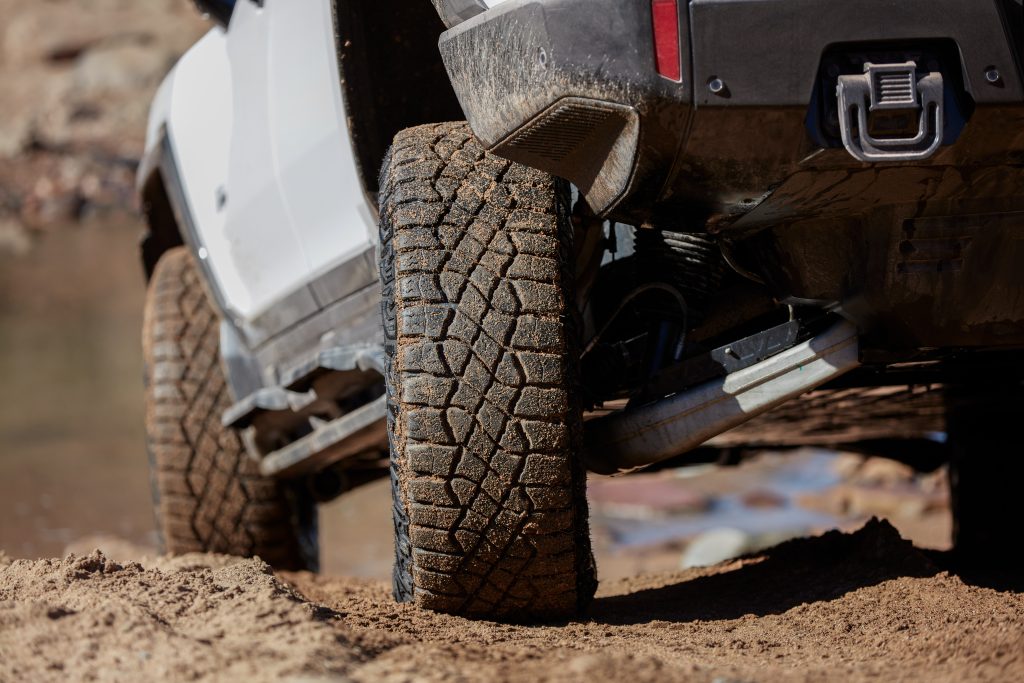
The Arizona experience included a few different parts. We were able to drive on a small course in the parking lot of the Arizona Cardinals’ State Farm Stadium, where they had trucked in tons of dirt to show drivers and the audience how well the vehicle handled. We also were able to do a “Watts to Freedom” run (shorthand: “WTF”), where we could experience what it felt like to go 0 to 60 mph in a huge vehicle that ignores the laws of physics, especially inertia. We also were able to drive on an asphalt section of the parking lot in crabwalk mode, which had the Hummer moving so effortlessly down the road and gliding to and fro that it really felt like a mashup of Jurassic Park and Strictly Ballroom.
The next day had us on some serious trails, narrow rivulets of soft- and hard-packed dirt surrounded by large rocks and larger brush and with many bigger rocks and smaller brush right in our path. Although the EV has about twelve inches of ground clearance, it can be adjusted up to about six inches higher than that when needed and can be dropped down about two inches less for better handling on the road, especially at freeway speeds. The off-roading experience gave us the chance to use the different driving modes and the different power-distribution choices. With these seriously impressive approach, departure, and breakover angles, we were able to tackle the most challenging hills and valleys. The Hummer EV even can ford rivers and streams up to 28 inches deep and climb walls up to eighteen inches high. It’s amazing what an air-ride suspension with up to 13 inches of travel can accomplish. When coupled with e-differentials enabling front and/or rear axles to be locked, it would take some serious driver miscalculations to get stuck somewhere.
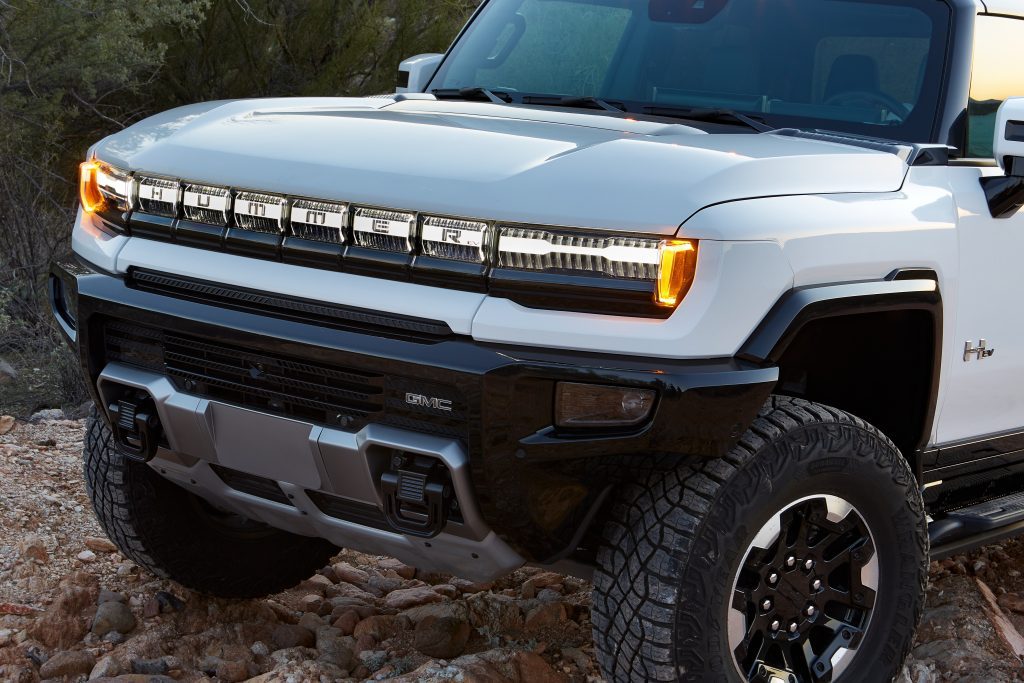
The Hummer EV has an automatic transmission; but, especially with humongous wheels and tires (it comes with 35-inch Goodyear Wrangler Territory tires), the five driving modes (normal, off-road, terrain, tow haul and “My Mode”—a customizable setting—all available at the turn of a knob) and that fact that there was no need to get out in order to lock the hubs, it was really simple to choose the right combination of options for a particular section of the trail. The drive modes make things really simple as, with one choice, you can adjust the throttle sensitivity, power allocation, steering, ground clearance, and even the sounds coming from the Bose system. For example, going up a soft-packed twisty climb of what felt like 40 degrees? Choose “terrain” for an all-wheel drive experience with enough ground clearance, which is done just as easily as changing stations on the radio.
I expect to have a longer-range driving experience with the Hummer EV soon, so I plan to update this article then, at least on my website. For now, however, I hope that you can tell that I am a big fan of the vehicle and expect that demand will continue to outstrip supply for a long time to come.
